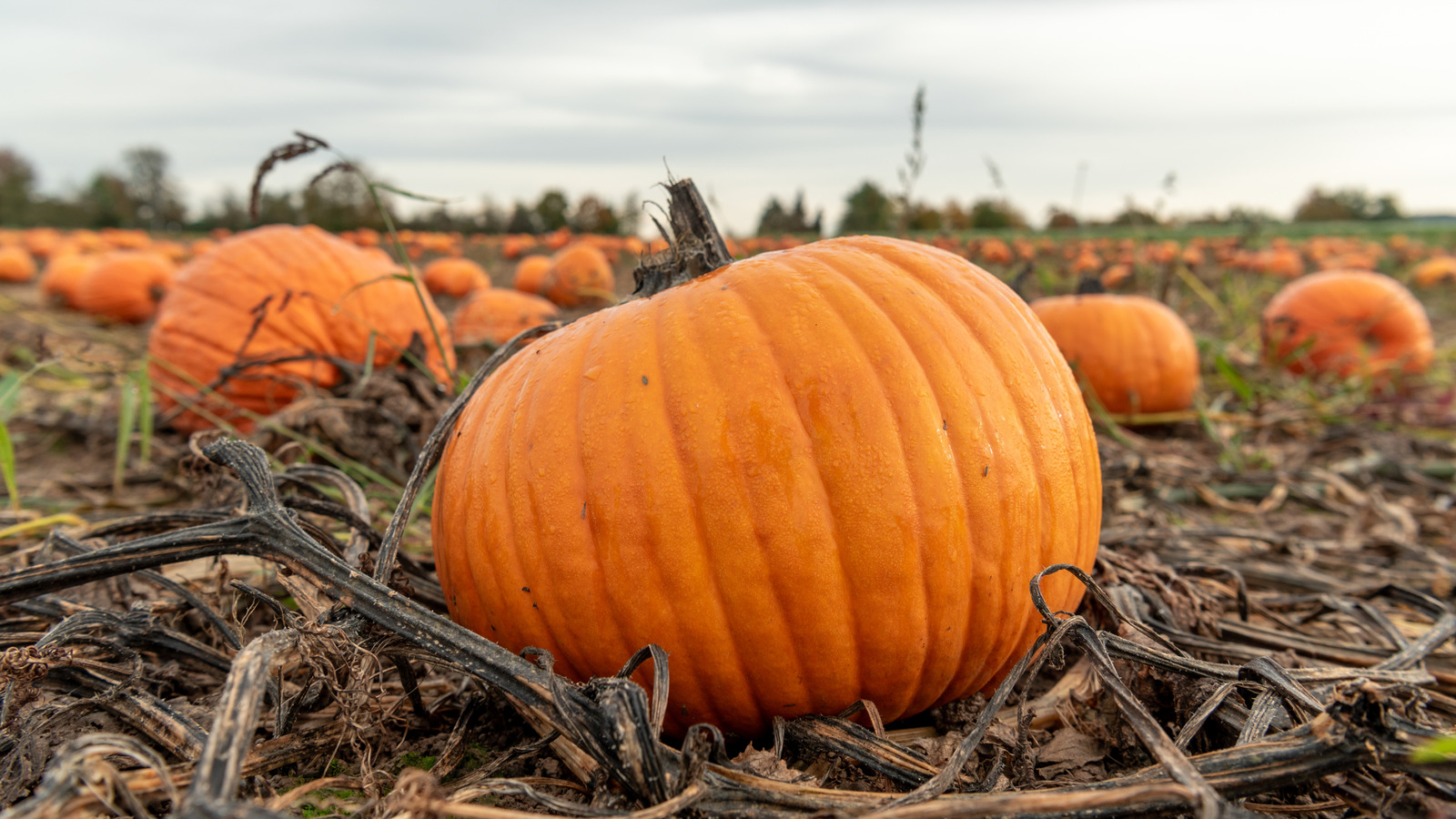
"The pumpkin also claimed the record for largest by circumferences, measuring 21 feet and 3.8 inches around. The feat is preceded by decades of hobbyists capitalizing on the plant's seemingly unlimited growth potential. So, why is this type of fruit (in fact, technically, pumpkins are berries) able to grow so massive while even the largest blueberries remain relatively small? It all comes down to a three-part botanical bouquet: A combination of growing factors, genetic makeup, and selective breeding."
"The pumpkin is an indeterminate plant species, meaning there's nothing its genetic coding that tells it how much fruit or flowers to produce, or what size it should grow to become. With no DNA signals to stop growing, it just keeps going. Sometimes, this looks like a single pumpkin plant sprawling to overtake an entire backyard (which is another reason why you should de-seed old jack-o-lanterns before tossing 'em in the compost pile)."
A Guinness World Record pumpkin weighed 2,819 pounds and measured 21 feet, 3.8 inches in circumference. Giant pumpkins have grown from sub-1,000-pound records in 1995 to competitors approaching 3,000 pounds today. The extreme size results from a combination of growing practices, genetic makeup, and selective breeding rather than climate alone. Pumpkins are an indeterminate species with no genetic stop signals for fruit size, allowing continuous growth. Growers exploit this by selecting and producing seeds optimized for scale and crossbreeding strains like the Atlantic Giant to prioritize size over culinary qualities.
Read at Tasting Table
Unable to calculate read time
Collection
[
|
...
]